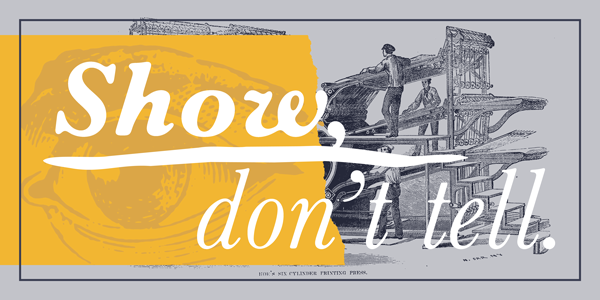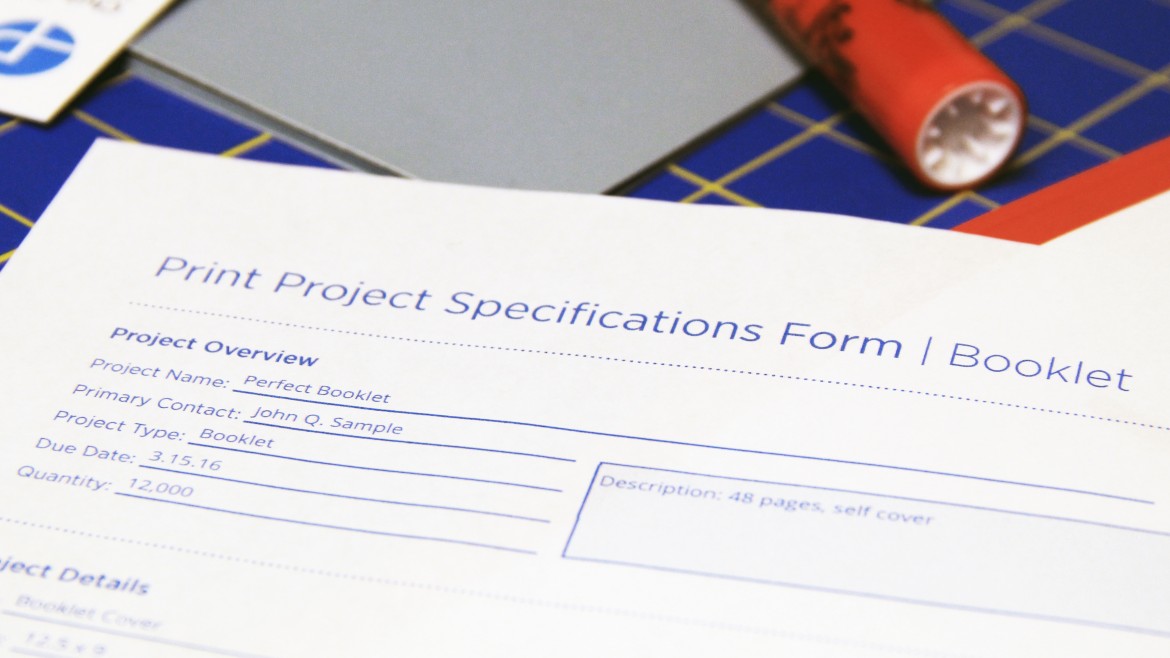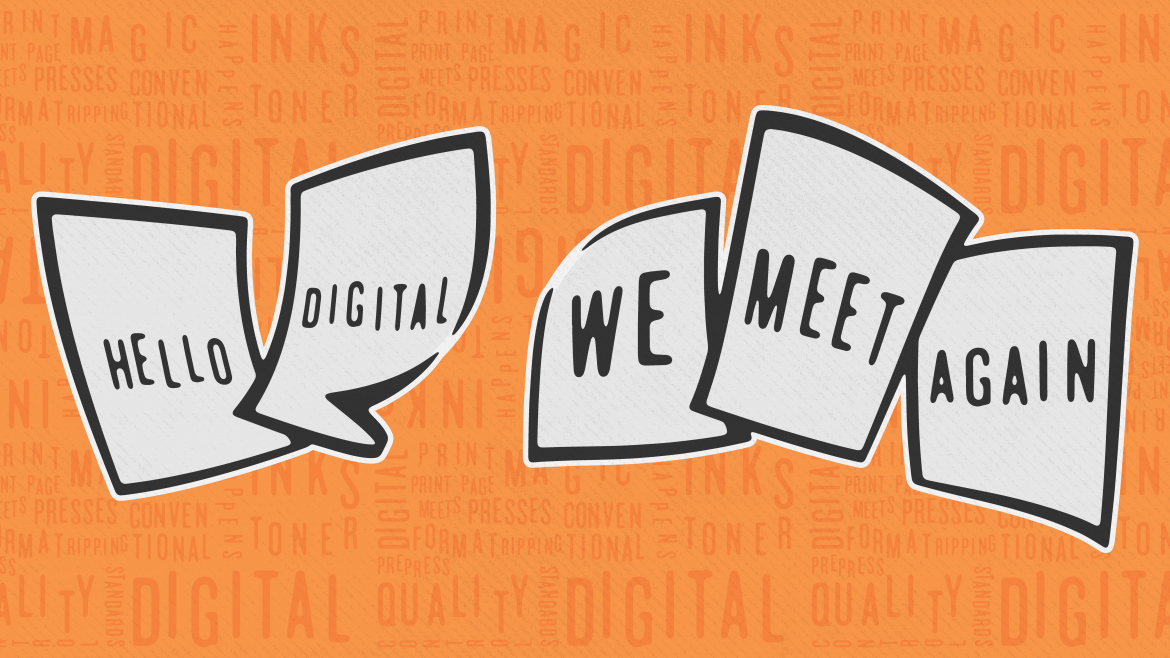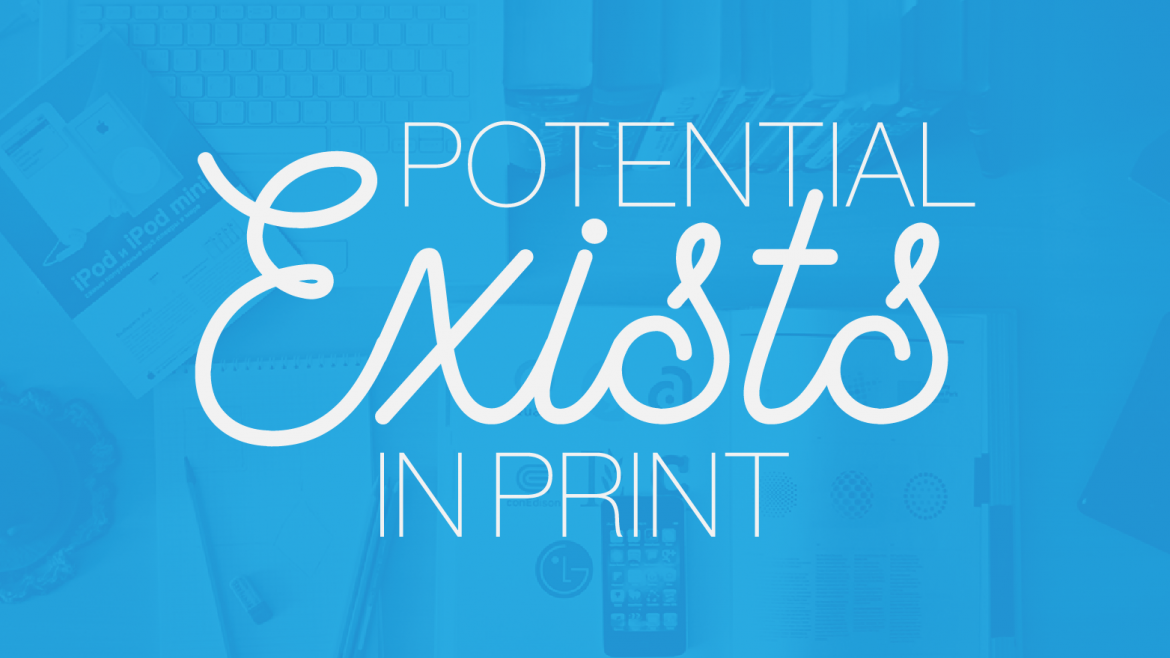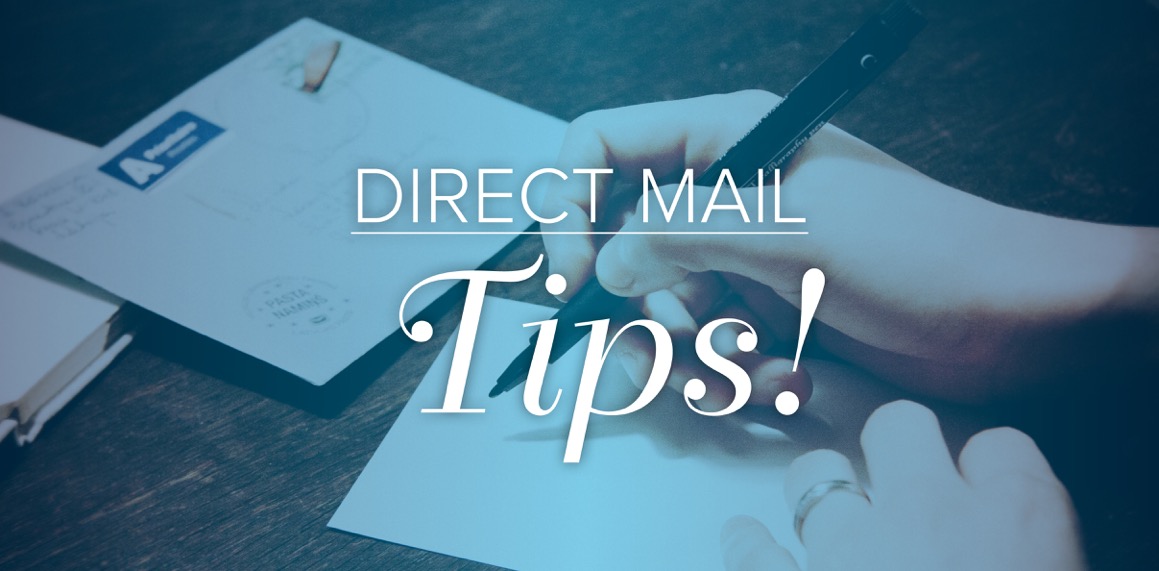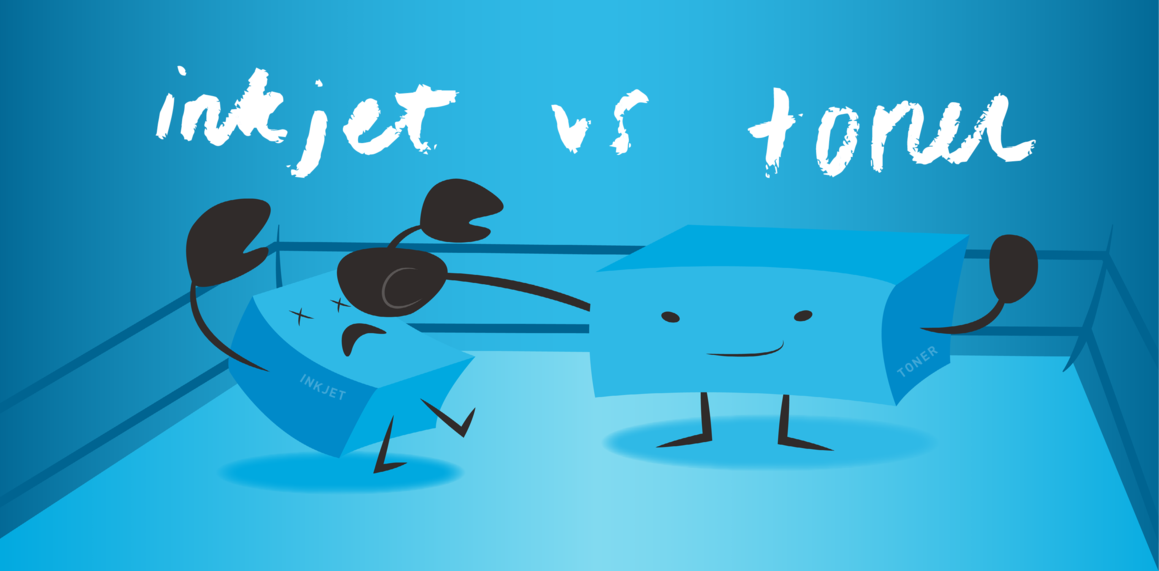Use the Physical Properties of Print to Show Who You Are
https://perfectcommunications.com/wp-content/uploads/2016/04/showdonttell3.png 600 300 admin admin https://secure.gravatar.com/avatar/3f0ab219d4f408464f131b4180b1da5119b8392a5155a011682c7587c73fc755?s=96&d=mm&r=g“Show, don’t tell” is a maxim for writers that goes all the way back to elementary school English class.
Executed at the right time, showing, or placing the reader in the moment through the use of descriptive text and detail, can make a much more dramatic sensory connection than using boring exposition (or telling) to relay events and action.
This adage holds true for marketing with print too.
For this reason, if you’re investing the money to print promotional materials, you should leverage the physical properties of print to “show” who you are. You shouldn’t just print basic pieces and load them with copy in an attempt to “tell” who you are.
Do you want to promote yourself as a premium brand? Show it, don’t talk about it.
Do you want to convince your audience that your offering has a lot of value? Exhibit it, don’t say it.
Do you want the recipient to know how creatively you think? Display it, don’t describe it.
Indeed, print’s tactile qualities provide marketers with a fantastic opportunity to make a sensory connection with their audience by taking advantage of our innate predisposition to touch. Research shows that we connect more emotionally with items we can touch, like printed marketing materials. Additionally, communications that take advantage of touch perform better than other types of communication when it comes to message recall. It seems the more senses we can engage when communicating, the longer the recipient’s recall will be.
If you want to make a longer-lasting impression on your audience and connect with them emotionally, fully leverage the physical properties of print. Combine elements like paper, coatings and finishing techniques to produce marketing materials that match the value of your brand and the offer you’re making.
Today more than ever, you have to deliver your message in a creative, memorable way to connect with your audience. Consider some of the elements below to improve the impact of your printed promotional materials.
Paper
Paper is the starting point. Your choice will serve as the foundation for any impression you’re trying to make with your printed piece. Paper is the main way your piece will engage the sense of touch. Actually, the paper you pick can make a statement by itself. The type, weight and finish will dictate how the paper handles—how it folds, how pages turn, how the reader interacts with it. Specialty options like metallic, textured and translucent can add another level of feel and improve the impact of your piece. The right paper choice is critical if you want to accurately portray your brand value.
Coatings
Coatings are an ideal way to increase the perceived value of your printed materials. With enhanced color, high gloss and improved feel, coated materials can help express a high-value, premium image. The common types of coating available for print are varnish, aqueous and UV. Although each brings its own pros and cons, UV can provide more special effects such as scents, glitter, rough touch and raised surfaces that add depth.
Finishing
When combined with the right paper choice and coating, finishing techniques like embossing, foil stamping and die cutting can use the physical properties of print to deliver a tremendous impact. These techniques create depth, change shape, add dimension and add a little fun. Whether it is highlighting elements within a piece or creating a unique format, finishing can increase interactivity and persuade the recipient to handle the piece longer, which will promote recall and connection.


